In his book Zero to One, Peter Thiel challenges readers to think about the unpopular beliefs they hold. Personally, I believe that most sunscreens may not prevent skin cancer and could potentially increase the risk. This belief has led me to create my own sunscreen, although I seldom use it.
Sound unbelievable?
Sunburn is harmful, which is widely acknowledged, and should be avoided. However, sunscreen is not the only solution to prevent it.
This viewpoint might not be well-received, and I’m not advising anyone to stop using sunscreen or disregard medical advice. Instead, I urge you to conduct your own research, examine real studies, and utilize common sense when it involves sun exposure.
Reasons to Make Homemade Sunscreen
I’ve detailed my perspective on sunscreen previously, but here’s why I opted to make my own years ago.
Avoid Hormone-Disrupting Chemicals
Since the advent of sunscreen use, skin cancer rates have escalated. Some studies indicate that commercial sunscreens might even increase the risk because they often contain endocrine disruptors like oxybenzone, a hormone disruptor not recommended for children and banned in various places globally.
In 2020, a study highlighted that while sunscreen ingredients such as avobenzone provide SPF protection, they are absorbed into the bloodstream even after just one use.
My homemade sunscreen relies on a physical mineral barrier that remains on the skin’s surface, unlike synthetic chemical sunscreens that penetrate.
Today, more mineral sunscreens with safer formulas exist compared to when I first started. I’ve listed some of my top-rated options below. However, it’s still crucial to read labels as even "natural" sunscreens might contain harmful components.
Protect the Coral Reefs
Recent findings indicate that many sunscreens contain ingredients detrimental to marine life, particularly coral reefs. Over 5,000 metric tons of sunscreen wash off swimmers each year, posing a threat to coral and other ocean species due to compounds that may activate dormant viruses in zooxanthellae, essential algae for coral.
Certain sunscreen components are banned in some places for their environmental harm to coral reefs. My natural sunscreen recipe avoids such ingredients.
The Vitamin D Element
Our bodies require sun exposure to produce vitamin D, crucial for hormone functions. Vitamin D deficiency combined with hormone-disrupting sunscreen ingredients like oxybenzone raises concerns for some of us.
I question the argument that even moderate sun exposure is harmful, since our bodies need vitamin D and light for health. Sensible sun exposure is part of my daily routine, and I also take astaxanthin regularly to enhance skin protection from the inside.
Considering these factors, it’s worth questioning whether sunscreen is the sole or best method to prevent sunburn.
Is Homemade Sunscreen Risky?
Recent discussions suggest that homemade sunscreens can be dangerous because the FDA does not regulate or verify their SPF as with commercial products, increasing sunburn risks.
I agree that homemade sunscreens lack the testing found in commercial ones, but they also do not contain endocrine disruptors or coral-damaging compounds. Furthermore, sunscreen should only be a last resort; shade and avoiding peak sunlight hours are better strategies.
Though homemade sunscreens shouldn’t replace commercial ones, I argue that conventional sunscreens are overused as well.
Bottom Line: Practice common sense for safe sun exposure, which varies per individual. Conduct your own research and consult a knowledgeable naturopath or dermatologist to determine what works best for you.
A Sensible Approach to Sun Exposure
Typically, my strategy involves moderate daily sun exposure without risking sunburn. Since many of us spend less time outside today, obtaining daily sunlight requires effort rather than avoidance. I avoid slathering on coral-harming sunscreen unnecessarily and indeed encourage sun exposure.
Nutrition Genome Testing revealed I have mutations that hinder my capability to get enough vitamin D, putting me at risk for several severe diseases. Supplements are ineffective for me, so my doctor recommends natural sun exposure.
It’s important to recognize the limits on sun exposure. Here’s what I do when I reach mine:
Use Shade or Cover Up
If I’m out in the sun longer than accustomed, wearing a hat or shirt to cover up is simple. This is the recommended tactic by the Environmental Working Group (EWG) and is more efficient, cost-effective, and environmentally safe. It’s a sensible win-win.
Utilize Natural Sunscreen When Necessary
If in conditions where I cannot cover up, I occasionally use natural sunscreen. I’ve avoided it this year but aim to share my own recipes and the best options for bought sunscreens.
Important Note: Unlike most sunscreens, natural and homemade variations may lack waterproof qualities and might not offer high (or broad spectrum) SPF. They may not fully protect against UVA and UVB rays. I’m not suggesting fully avoiding sunscreen or overly sunbathing which could cause sunburn or damage.
Support Skin from the Inside
Sun exposure alone isn’t the only factor related to skin cancer. Nutritional factors like maintaining optimal vitamin D levels or reducing harmful omega-6 vegetable oils significantly impact skin health. A diet rich in antioxidants from vibrant fruits and vegetables is also crucial. See how I tailor my diet and supplements for healthier skin and improved sun tolerance.
Natural Sunscreen SPF
This homemade sunscreen incorporates a blend of waxes, butter, and oils for a moisturizing base. Zinc oxide is the main component for SPF, acting as a shield against UV rays. Non-nano and uncoated zinc oxide are the healthiest selections.
My homemade sunscreen also includes skin-enriching and moisturizing antioxidant elements for added protection, like red raspberry seed oil, carrot seed oil, and vitamin E.
Depending on ingredient ratios, the final product has varying sun protective abilities. This particular recipe uses roughly 10% zinc oxide, about equivalent to a 6-11 SPF. Doubling zinc oxide raises SPF to about 20, but it isn’t confirmed by regulatory organizations for precision.
For simplicity, even coconut oil and shea butter with zinc oxide or a bit of raspberry and carrot seed oil suffice for moderate exposure.
Always consult your doctor or dermatologist before trying new products.
Note: This revision addresses past challenges with emulsification temperatures. This recipe is designed to avoid such issues.
Optional Essential Oils
You can infuse skin-safe essential oils for added benefits and fragrance. Avoid phototoxic oils, which can cause severe burns when used before sun exposure. Common phototoxic oils are:
- bergamot
- bitter orange (wild or sweet orange are fine)
- cold-pressed lemon (steam-distilled is safe)
- cold-pressed lime oil (steam-distilled is safe)
- grapefruit (opinions vary)
Do not apply the above oils in sunscreen! Safer alternatives include lavender, frankincense, sweet orange, or sandalwood.
Homemade Sunscreen Recipe
Create your own sunscreen using natural ingredients to avoid chemicals in commercial kinds. Be sure to read the notes at the recipe’s end for guidance.
- Prep Time: 5 mins
- Active Time: 10 mins
- Cooling Time: 1 hr
- Total Time: 1 hr 15 mins
- Yield: 10 ounces
- Author: Katie Wells
Instructions:
- Mix all ingredients except zinc oxide in a pint-sized glass jar, or use a double boiler.
- Fill a saucepan with water and set over medium heat.
- Cover the jar loosely and place it in the water.
- Stir occasionally until melted.
- Add zinc oxide and stir thoroughly.
- Transfer to storage jar or tin.
- Stir occasionally while cooling to incorporate zinc oxide.
- Store at room temperature or refrigerate to extend shelf life.
Notes:
- This sunscreen isn’t waterproof and requires reapplication after sweating or swimming.
- Avoid inhaling zinc oxide; use a mask if needed.
- Increase beeswax for thicker sunscreen, decrease for smoother.
- Store in a cool, dry place or fridge. Apply like body butter, as it’ll be thicker with coconut oil.
- Removing zinc oxide creates an excellent lotion recipe.
A Faster Homemade Sunscreen Method
This simple method uses two components without an exact SPF guarantee, approximately 20 SPF:
- 1/2 cup of your preferred lotion (avoid phototoxic oils!)
- 2 tablespoons of non-nano zinc oxide
- Mix thoroughly
Sunscreen bars with similar ingredients are also feasible!
Store-Bought Natural Sunscreens
Not interested in DIY? I’ve compiled a list of preferred store-bought brands over the years for those lacking the time or interest to make their own.
Does your family use sunscreen regularly? Do you ensure consistent sun exposure? Share your thoughts!
This information has been medically reviewed by Dr. Scott Soerries, MD, Family Physician and Medical Director of SteadyMD. This is not personal medical advice; consult your healthcare provider for guidance.


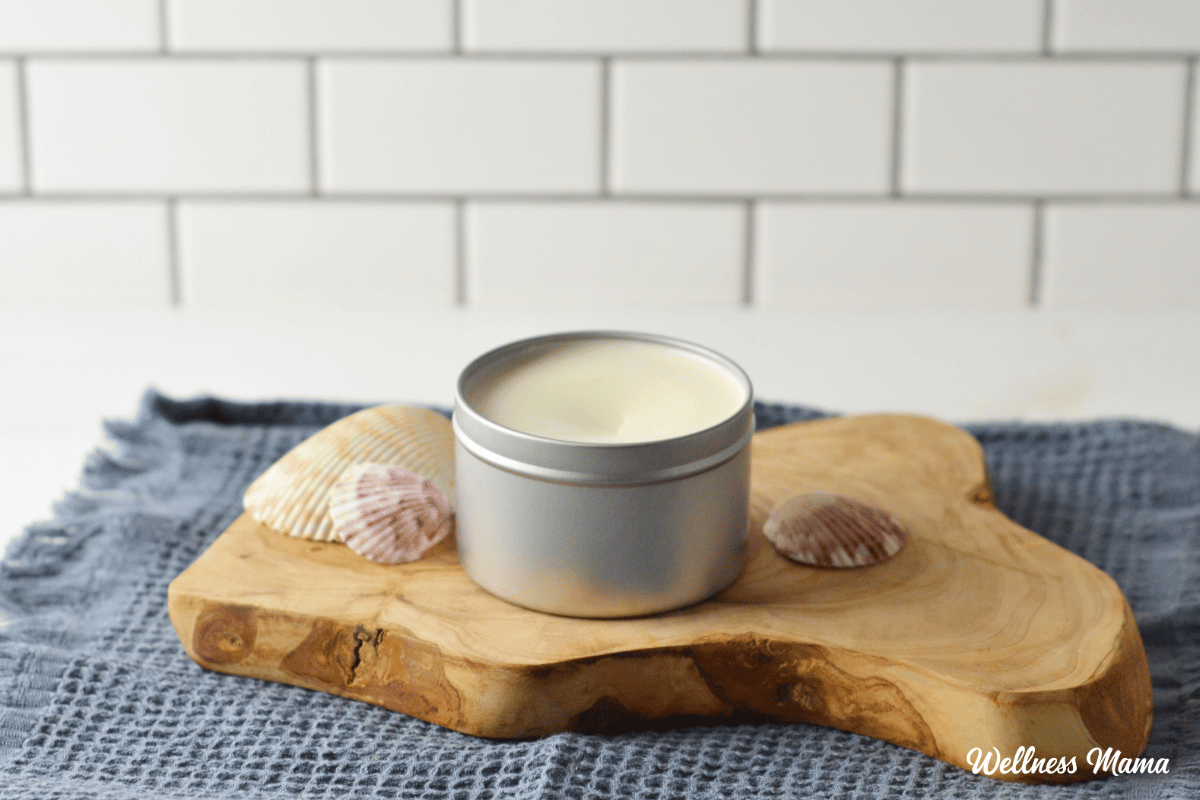
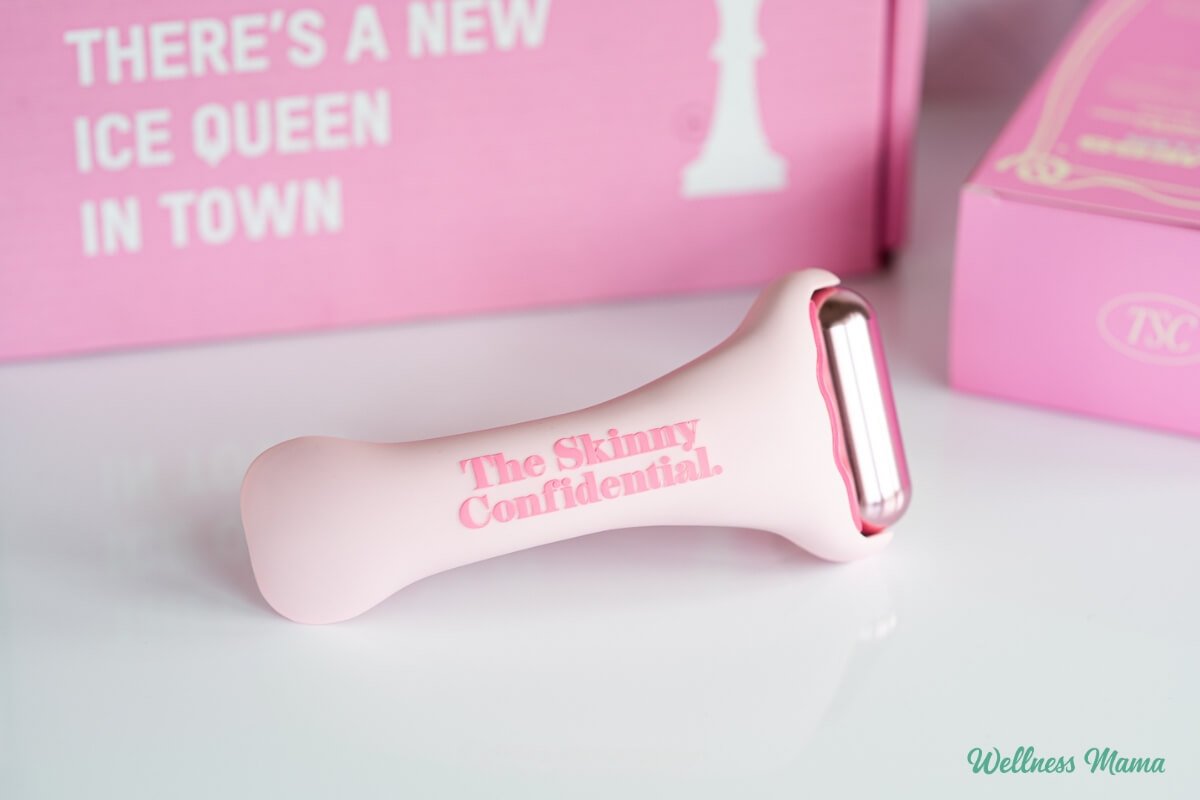
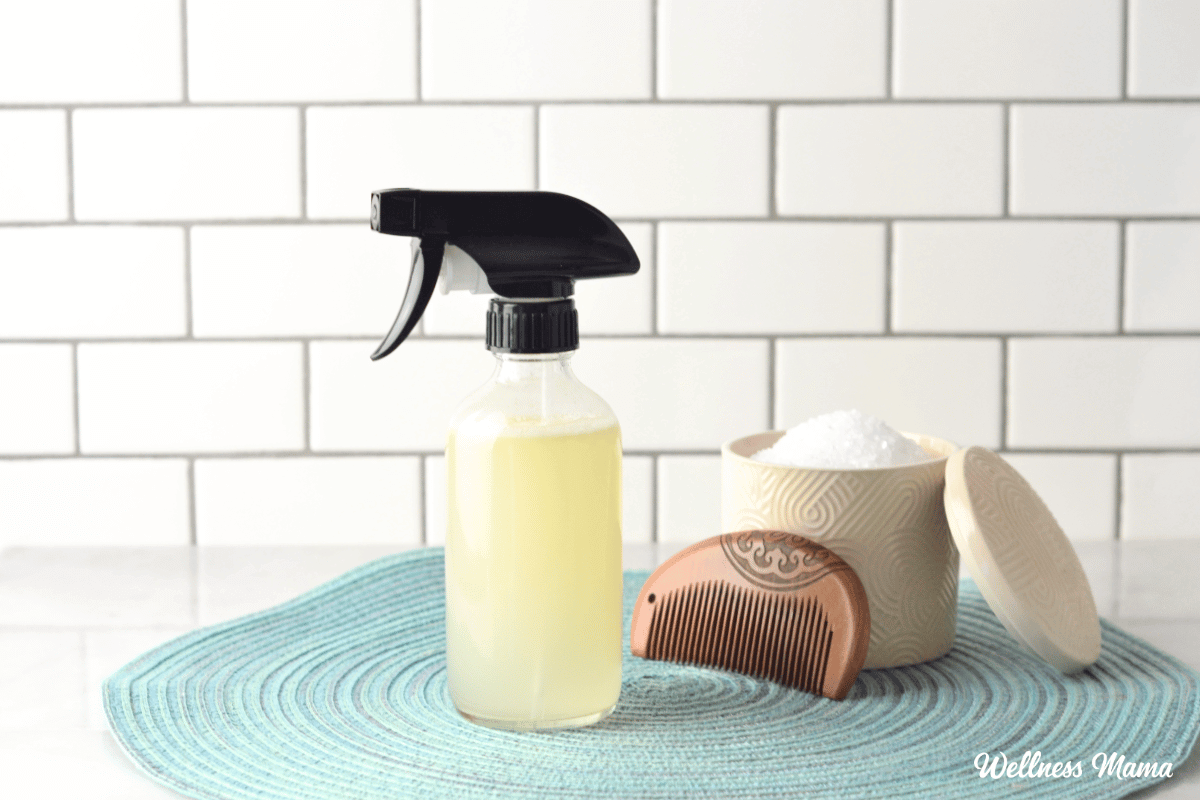
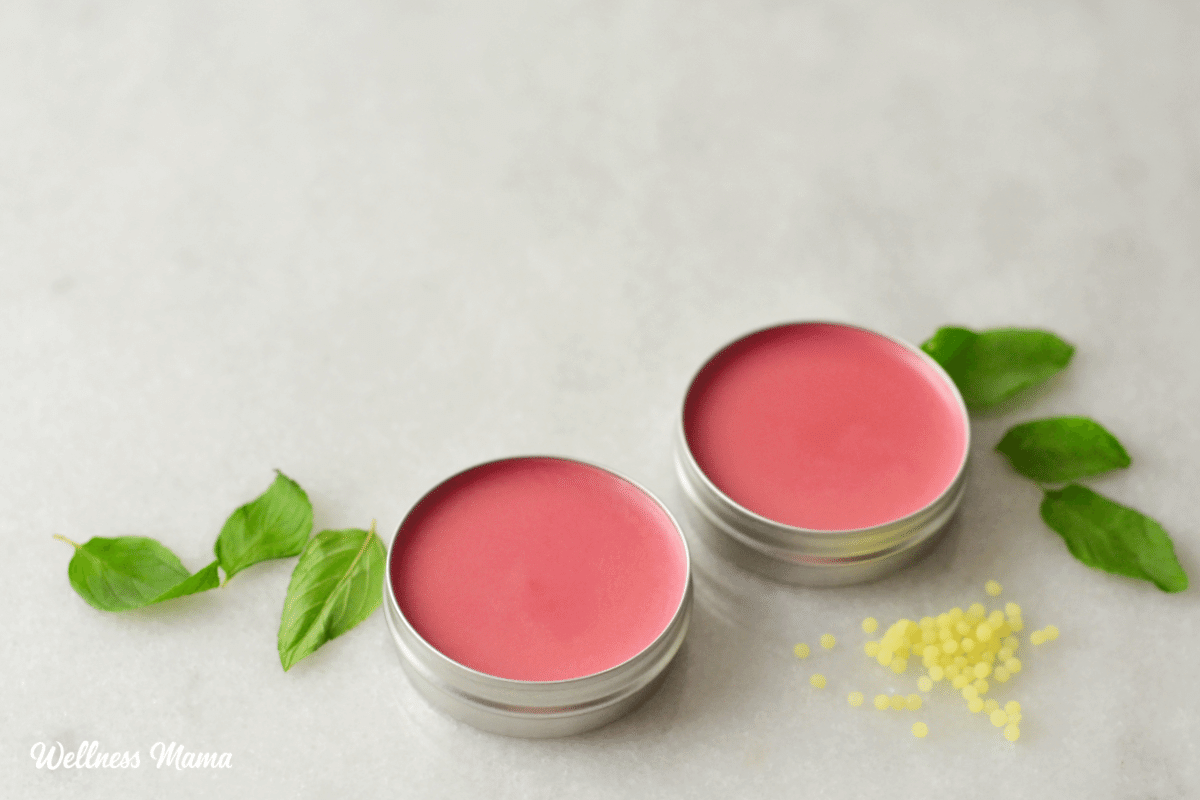
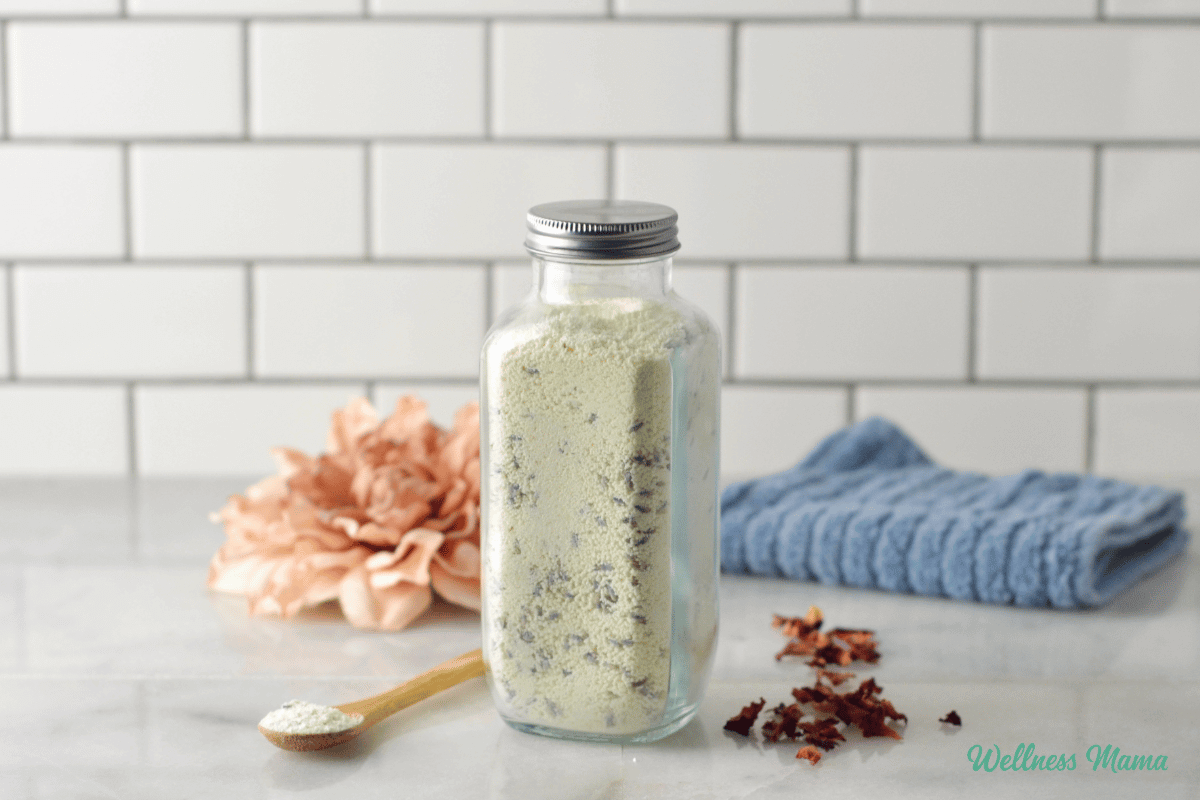

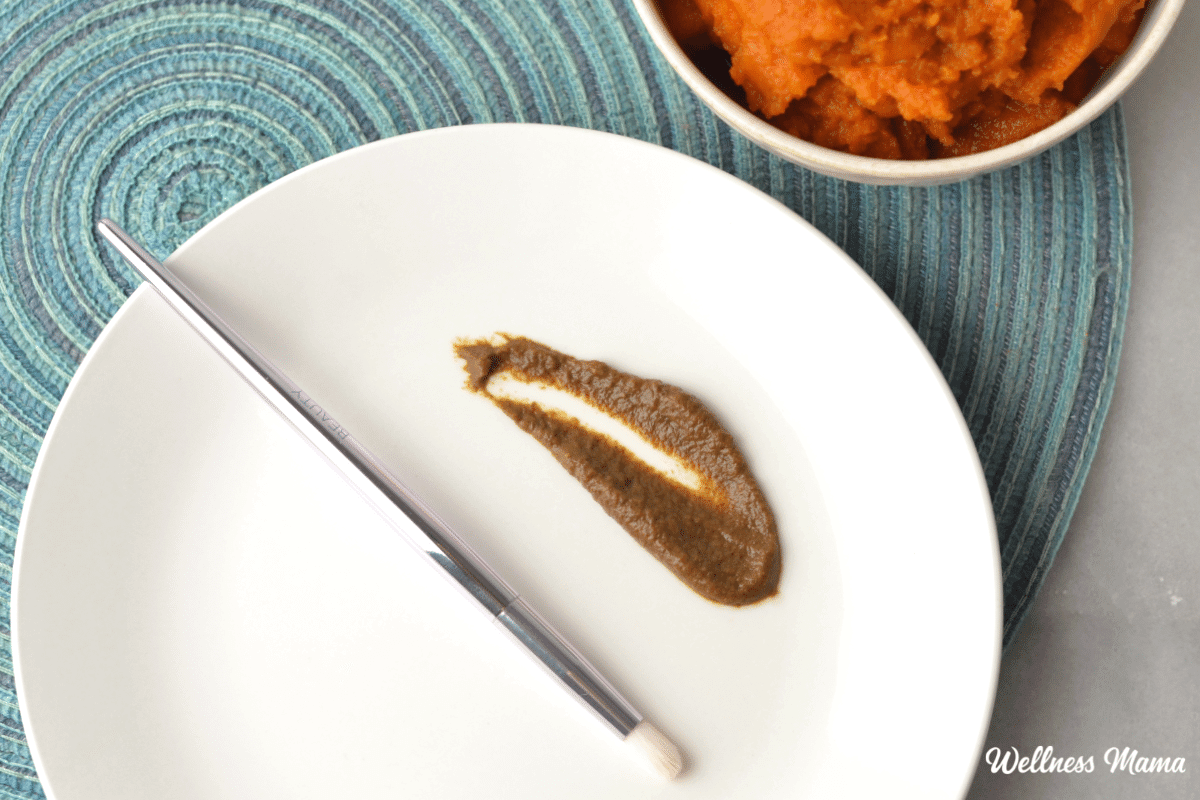


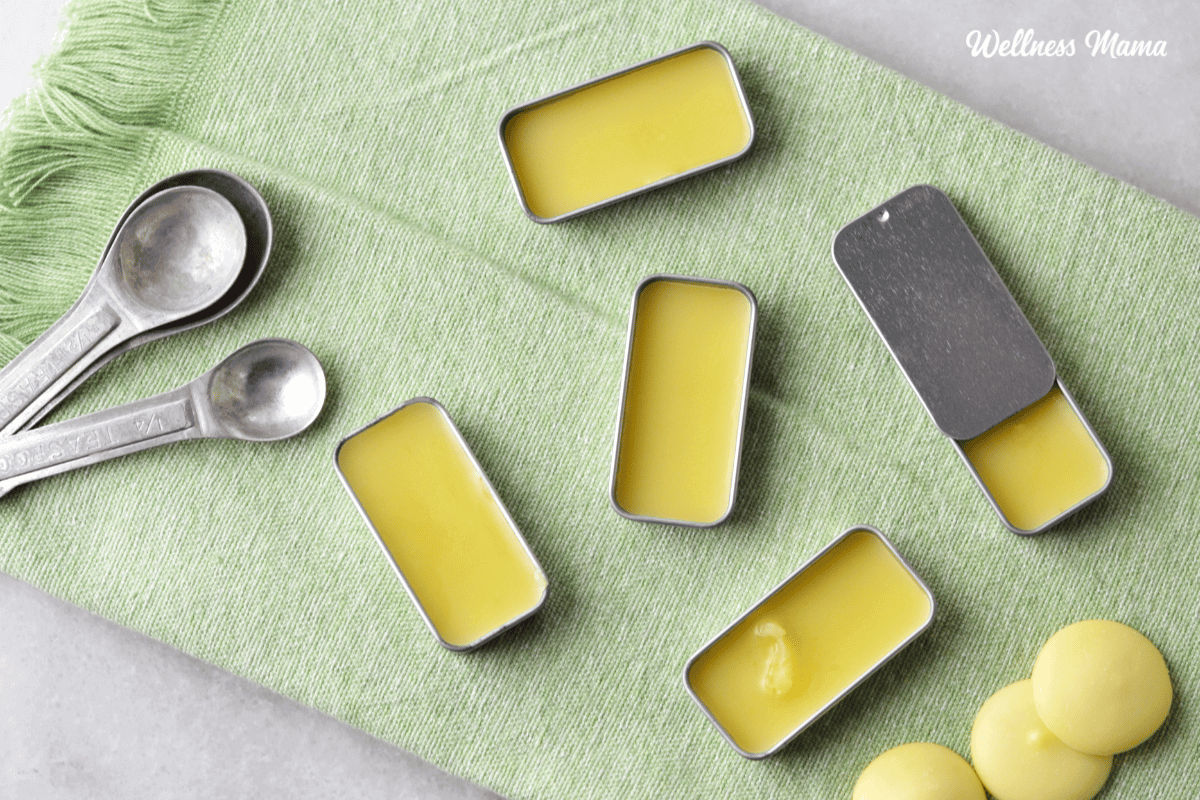
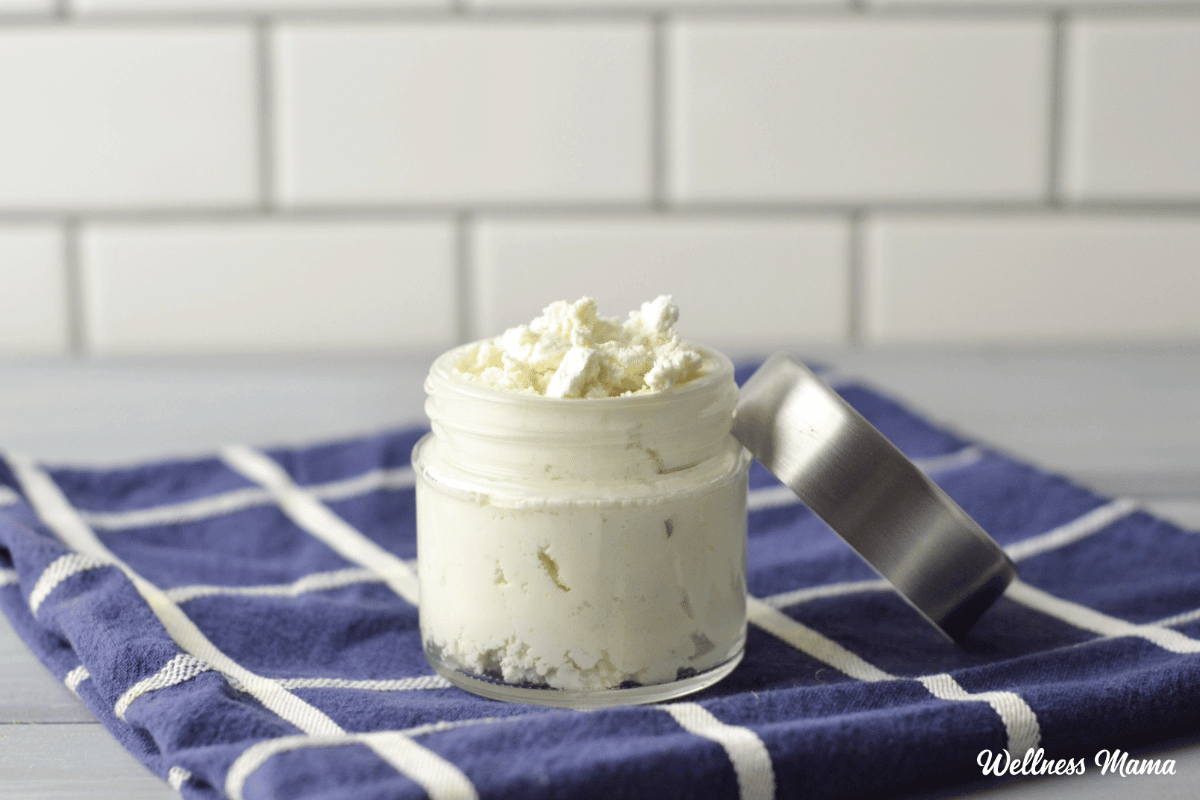

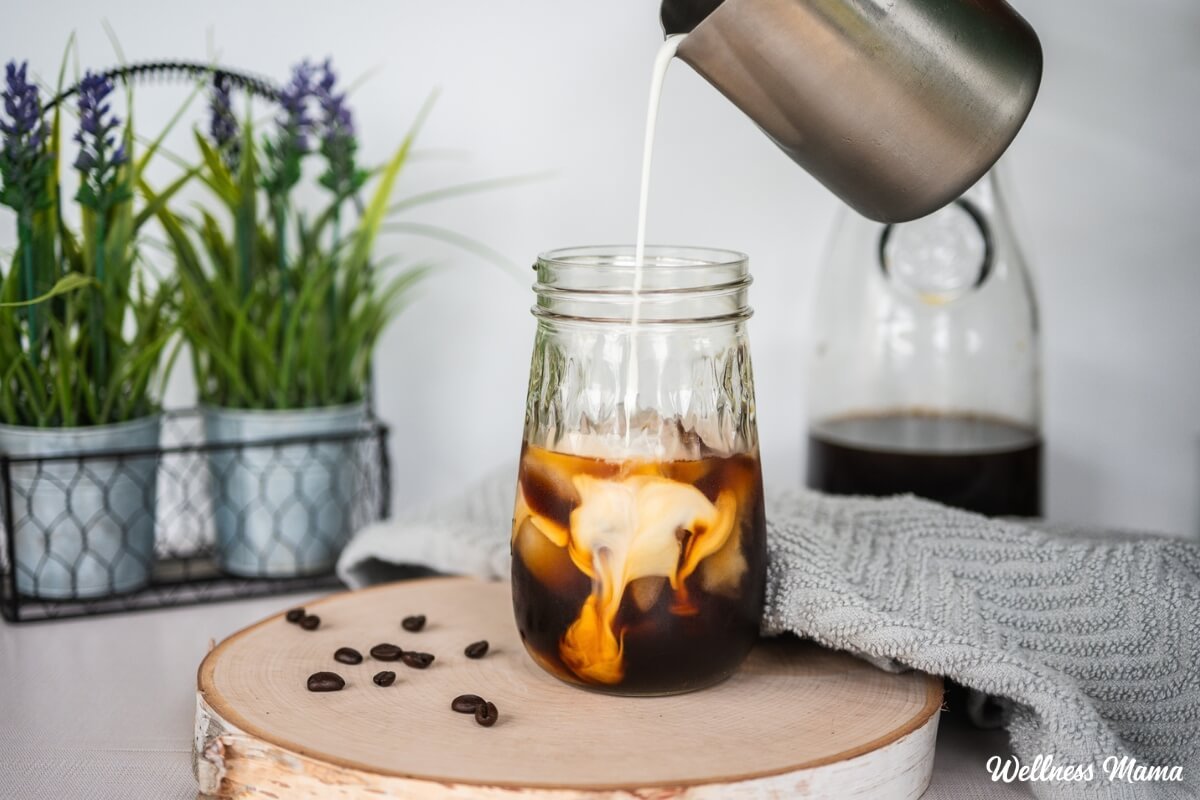
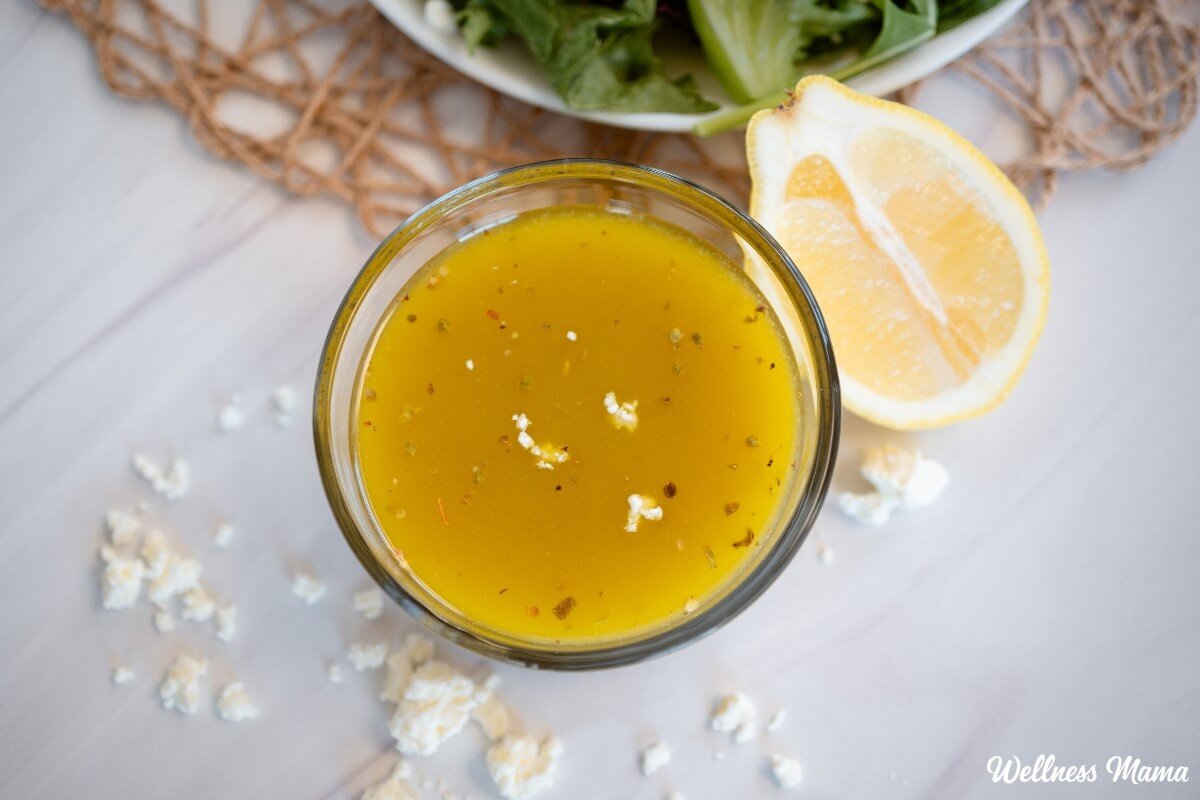
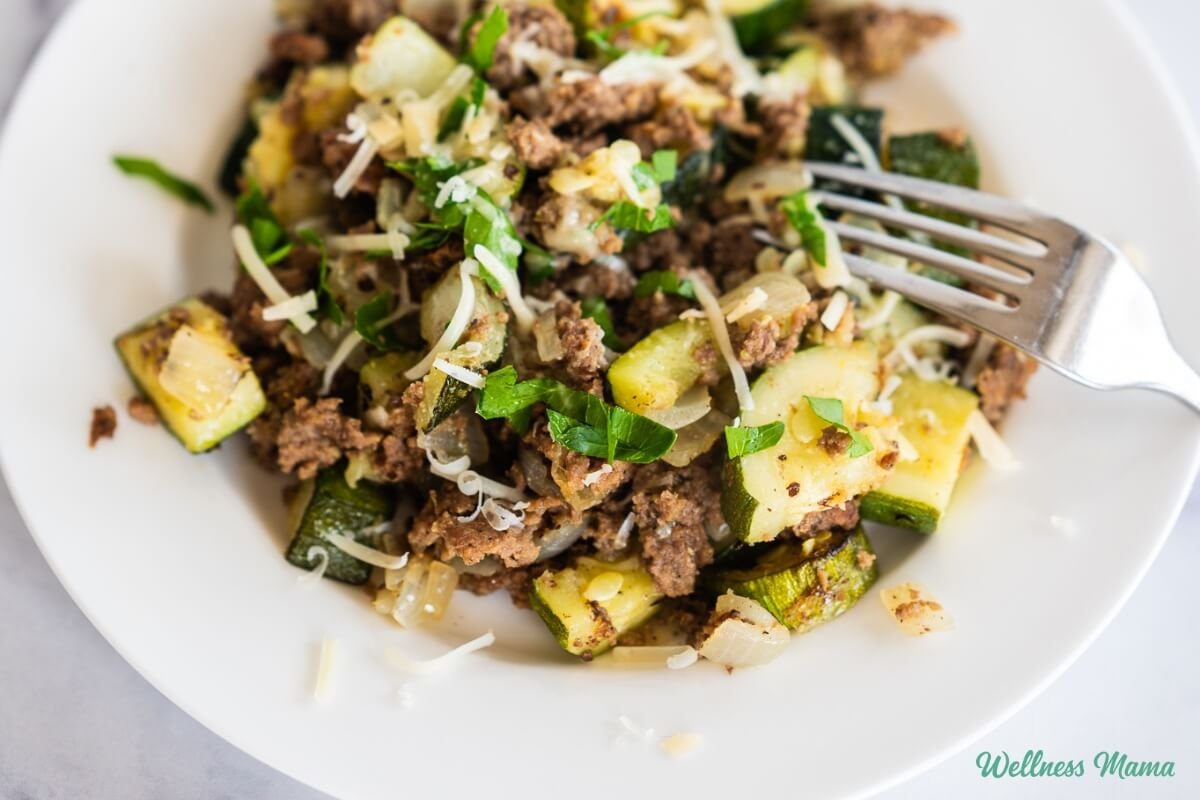
Leave a Reply